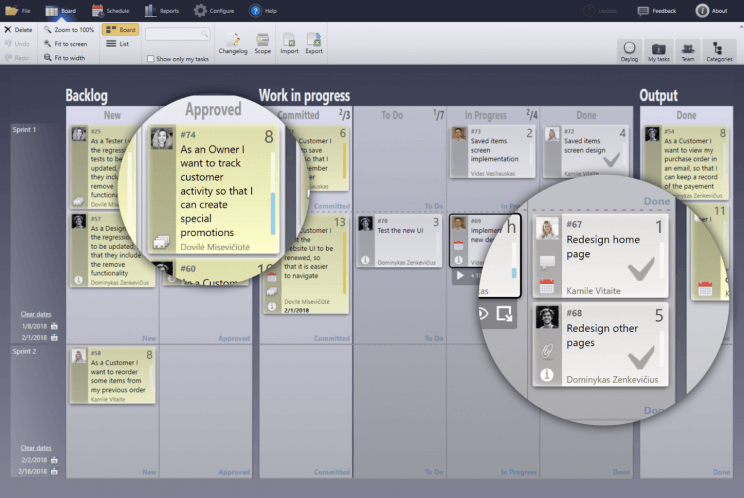What’s true in general is especially true of project managers and their teams: stress and success are inversely proportional. As stress levels rise, performance and productivity
decline. Potential casualties include deadlines, ordering windows, budgetary limits, and other key project priorities.
When you’re racing the clock, use these coping tips and project management tools to put stress in its place and deliver your best work.
Stress Management
1. Stay Strong
Stress makes inroads when you are irritable, hungry, tired, and, in a word, vulnerable. Root it out by staying hydrated, alert, well-rested, and in top form.
A tip I picked up in graduate school was to resist the urge to binge or cram, and instead do the opposite. When you feel rushed, slow down and be deliberate. Unplug, walk away from the task, hit the gym, go for a walk or a run—do whatever helps you put a temporary distance between you and the stressor. Be mindful of diminishing returns: revisiting a task after recharging promotes a good balance of quality over quantity of time put in.
2. Delegate
Everyone benefits from knowing their limitations, but it especially behooves project managers to share responsibility for a big job by following an orderly division of labor. Break the job into smaller tasks that can be assigned to folks with appropriate skills and abilities and check things off the list without breaking a sweat.
Project Management
On the software side, there are plenty of effective project management software solutions designed to help project managers and their teams tackle all the tasks and responsibilities necessary for getting the job done well.
There’s a wide variety of such tools that support the planning, execution, oversight, completion, and assessment of collaborative projects. They help stakeholders, including managers, content collaborators, and external observers, to organize the people and tasks associated with getting the job done, monitor progress from start to finish, and intervene where necessary to shape the process and outcome.

Some project management tools offer visualization capabilities that allow content development teams to monitor dynamic work in progress. Most implement the user story model to assign tasks to different stages of the project in the form of cards posted to boards. When a user completes a task, the corresponding card is moved onto the next stage. Managers can easily monitor the flow of work through the structure of the project and intervene or delegate briskly to efficiently address issues as they arise.
Others provide streamlined apps for calculating and doling out payment to freelancers or contractors in the final stages of a project. Such a system permits managers and freelancers to track their own hours and easily create invoices from within the platform. Keeping all financial documentation in a single, well-organized space can go a long way towards de-stressing an often hectic and hair-raising process.
Stress is the ancient enemy of smooth performance. The tips and tools we’ve reviewed can help you remove that obstacle while staying organized on your way to your project’s finish line.
Brianna Barcena is a Content Specialist. When she’s not in the office, she enjoys reading, watching a good historical drama, doing yoga, and going on adventures with her dog, Deeks.





